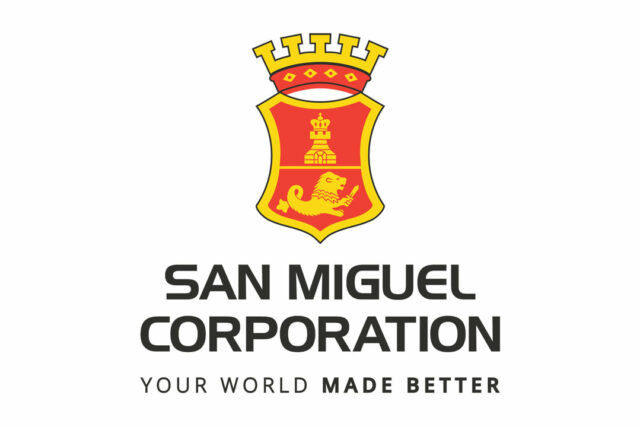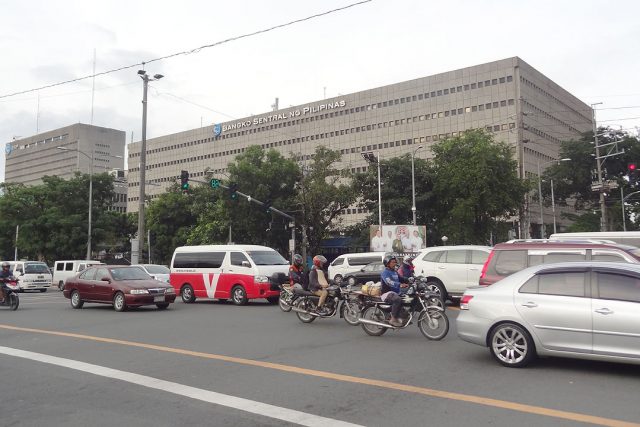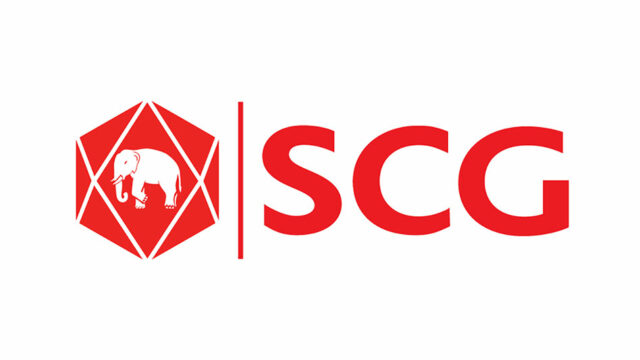Global list of best employers includes San Miguel at 43rd
ANG-LED San Miguel Corp. (SMC) climbed by 131 spots to 43rd place on the annual World’s Best Employers list this year issued by Forbes Magazine and research company Statista in October.
In a statement on Tuesday, SMC said its 2023 ranking improved from 174th in last year’s list to make it the only Philippine company to be included in the top 50.
Other Philippine companies included in the 2023 version of the rankings were Security Bank Corp. (54th), Metropolitan Bank and Trust Co. (162nd), Ayala Corp. (186th), Alliance Global Group, Inc. (283rd), Land Bank of the Philippines (304th), LT Group, Inc. (361st), and SM Investments Corp. (420th).
“It’s a great honor to make it to this list of the world’s 700 best employers, along with some of the most recognized and most successful Philippine firms. This just goes to show that Filipinos can compete and run proudly with the very best in the world,” SMC President and Chief Executive Officer Ramon S. Ang said.
“It also shows that given the right training, motivation, support, and a sense of a higher purpose, the Filipino workforce is highly motivated, effective, dedicated, and therefore fulfilled in their work,” he added.
According to Forbes, the rankings were determined via a survey done by Statista that covered over 170,000 employees working for various companies across 50 countries.
The companies were ranked based on criteria such as talent development, remote working options, parental leave benefits, diversity, work-life balance, and pride in the offered products or services. Respondents were also asked if they would recommend their company to family and friends as well as rate companies within their own industries and countries.
“Specific to us in SMC, I believe that our strong emphasis on business for nation-building, our core value of malasakit (concern for others), coupled with our decisive and impactful actions related to greater sustainability, has really resonated with our employees,” Mr. Ang said.
“We have also always strived to provide our employees an environment where they can learn, realize their potential, build good relationships with colleagues, and feel they are part of not just a great heritage, but also of something bigger. We believe this has greatly contributed to whatever successes we’ve had over the years,” he added.
SMC recorded a 141% increase in its nine-month net income to P31.2 billion despite the conglomerate’s consolidated revenues falling 5% to P1.1 trillion.
Shares of SMC at the local stock market dropped 90 centavos or 0.84% to P106 apiece on Tuesday. — Revin Mikhael D. Ochave
















